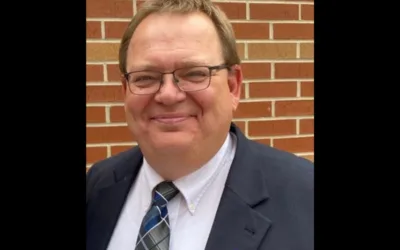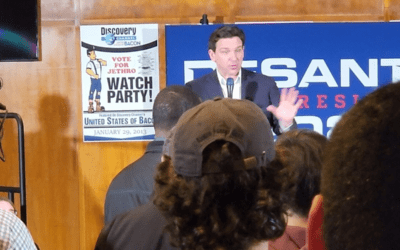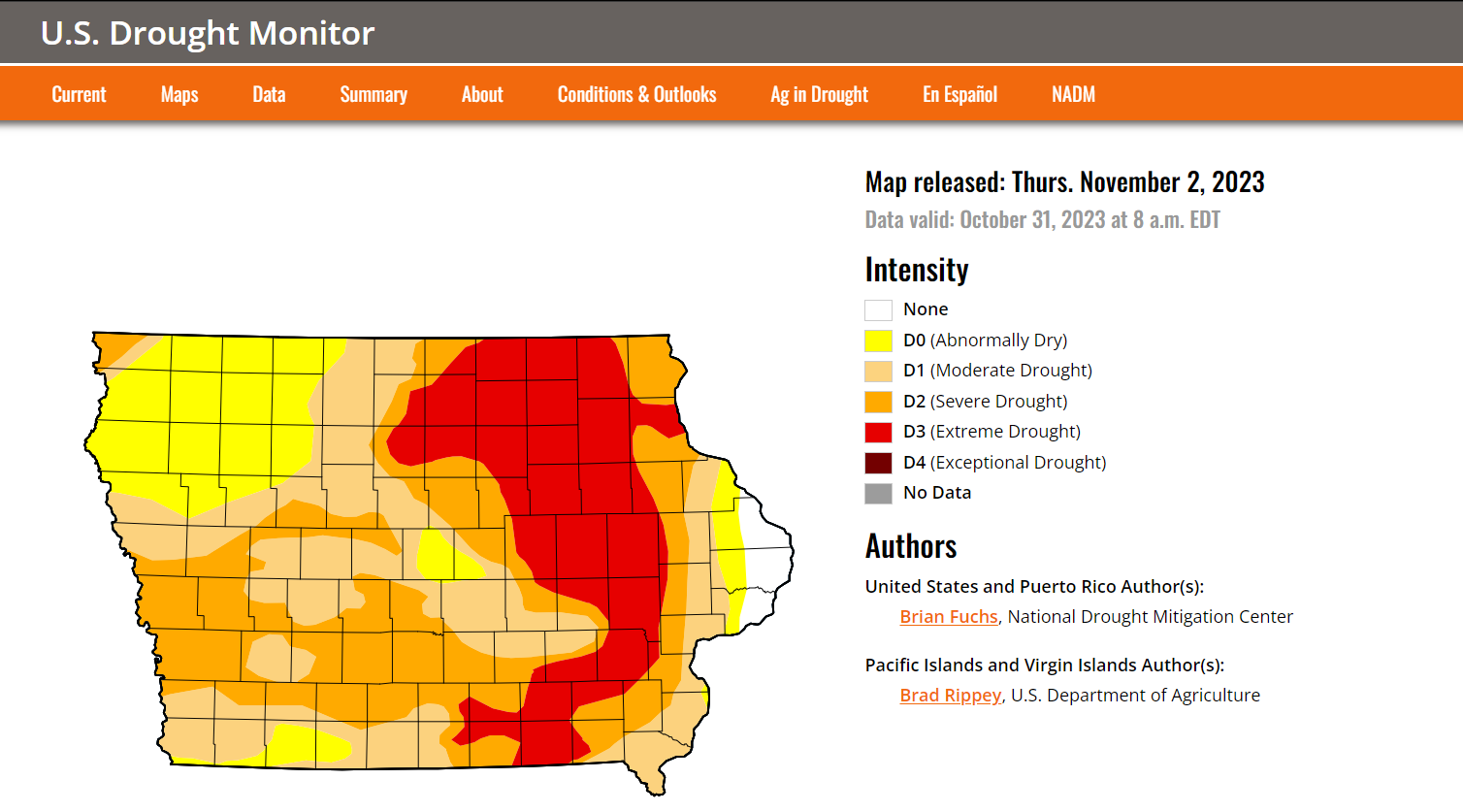
Iowa has seen some kind of drought conditions in the state for 174 weeks—just under three-and-a-half years—making this the longest drought Iowa has had since the 1950s.
But Iowans haven’t seen widespread water restrictions or serious crop failures. So is there anything to worry about?
“It depends on who you are and where you are,” said Justin Glisan, state climatologist for the State of Iowa, and as part of the Iowa Department of Agriculture and Land Stewardship.
Glisan said there haven’t been widespread impacts on agriculture. Instead, impacts have mostly been felt in a few municipalities across the state, especially in eastern and southern Iowa, where drought conditions have been more intense for long periods of time this year.
There have been no widespread water scarcity issues either, though a few towns have had to issue water use restrictions this year.
Part of the reason is because this drought is “odd,” Glisan said.
“It hasn’t been coupled with intense heat for long periods of time,” he said. “Now, of course, we’ve had heat waves through the last three-and-a-half years, but we haven’t seen extremely warm temperatures in spring and summer as we have in 1988 and 2012.”
Those were the two most recent intense droughts, though neither lasted as long as this one.

What makes this drought unique?
Glisan said there’s also been a cycle this time around with periods of intensified drought that expands quickly, followed by periods where drought is removed in some places.
Early in the drought, western Iowa was impacted the most, but the lack of precipitation has shifted in the past year or so to eastern Iowa.
Heavy rainfall in October 2021 also improved a lot of the conditions in Iowa and have meant the impact of a dry 2023 hasn’t been as dire as it could have been.
Drought is more than just a lack of rainfall. In fact, there are four types, Glisan said.
First is meteorological, which is the absence of rainfall. Next is agricultural, which happens as soil moisture is used up. Third is hydrological, which happens as the amount of moisture that goes into the stream system is depleted.
“And then you get into ecological drought, which is just widespread—you’re impacting various sectors across the ecosystem, and that’s where you start to see very widespread, impactful conditions,” Glisan said.
Iowa hasn’t gotten to that point, but Glisan said he’s keeping an eye on the growing season for next year and how much rain and snow the state gets this fall and winter.
“Where I’m looking more towards in my position is soil moisture availability for next growing season and given how long we’ve been in drought conditions—since 2020—we’re really running low in certain parts of the state on soil moisture. So we do need a good recharge,” he said.
A dry winter and spring could lead to issues next year, because it will mean those water systems don’t get recharged. Glisan said he expects to see the worst impacts next year if dryness continues.
For this winter, he’s keeping an eye on El Niño conditions, which could mean a wetter, warmer winter.
“[With] the warmer temperatures, soils won’t freeze as deep or as fast, and you’ll have better chances of infiltration of snowmelt as we get into the spring thaw,” he said.
Are droughts Iowa’s new normal?
Climate change is one of the biggest reasons for all of these changes. Extreme weather has gotten more extreme and that includes dry and wet conditions. A warmer atmosphere means more water vapor, but it also means rainfall needs more force to happen.
“We’re seeing a shift from gentle rainfalls into higher-intensity rainfalls over a smaller spatial scale,” Glisan said.
Climate modeling has shown that warmer temperatures will likely lead to more droughts, as well as drought conditions developing and worsening more rapidly.
What can I do about it?
Though it doesn’t replace the need to curb climate change and keep it from worsening, there are small-scale strategies you can do to adapt and survive when it’s dry.
Farmers can invest in agricultural practices that hold moisture in the soil, such as cover crops and no-till practices. Municipalities can invest in infrastructure that can hold more water. And homeowners and landlords can ensure their plumbing is efficient and their pipes don’t leak.
The Iowa Department of Agriculture and Land Stewardship, Iowa Department of Homeland Security and the Iowa Department of Natural Resources also convened this March to write Iowa’s drought plan. It basically divides Iowa into five regions that have different vulnerabilities to drought, lays out what conditions to watch for across the state, and clarifies what actions should be taken to respond to drought.
The purpose of the drought plan is to make sure the state is ready to identify, respond to, and recover from droughts.
Glisan said because the plan is only a few months old, everyone involved is planning to tweak it this winter with what they’ve learned.
“The state does have one of the newest and more robust drought plans in the United States, for the key reason that we know that drought will be with us through the end of the century—even in a warmer and wetter atmosphere,” Glisan said.
Support Our Cause
Thank you for taking the time to read our work. Before you go, we hope you'll consider supporting our values-driven journalism, which has always strived to make clear what's really at stake for Iowans and our future.
Since day one, our goal here at Iowa Starting Line has always been to empower people across the state with fact-based news and information. We believe that when people are armed with knowledge about what's happening in their local, state, and federal governments—including who is working on their behalf and who is actively trying to block efforts aimed at improving the daily lives of Iowan families—they will be inspired to become civically engaged.

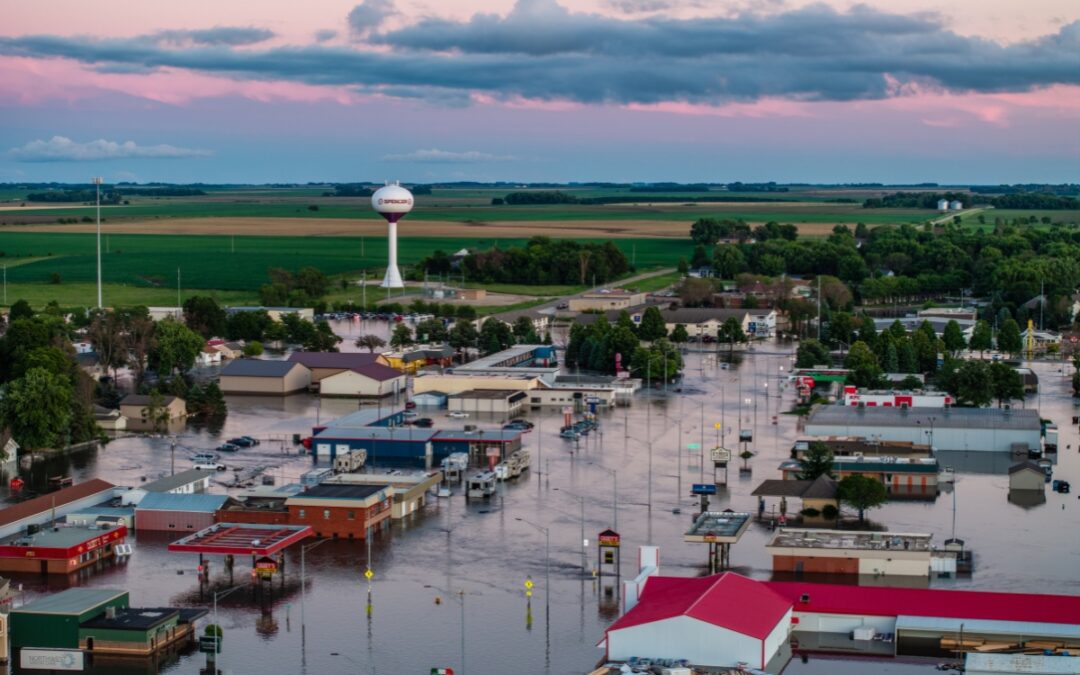
Katzer: Spencer is my hometown. It will bounce back from flood
Starting Line Intern Grace Katzer is from Spencer, one of many Northwest Iowa communities ravaged by flooding. We asked her to write about it, and...

Biden’s EPA announces rules to slash coal pollution, speed up clean energy projects
The Biden administration last month announced a set of four final rules designed to reduce harmful pollution from power plants fired by fossil...

How to apply for a job in the American Climate Corps
The Biden administration announced its plans to expand its New Deal-style American Climate Corps (ACC) green jobs training program last week. ...

Biden marks Earth Day by announcing $7 billion in solar grants
The Biden administration on Monday announced the recipients of its Solar For All Program, a $7 billion climate program that aims to lower energy...

Biden administration announces $20 billion in clean energy grants
During an appearance in Charlotte, North Carolina on Thursday, Vice President Kamala Harris and Environmental Protection Agency (EPA) Administrator...
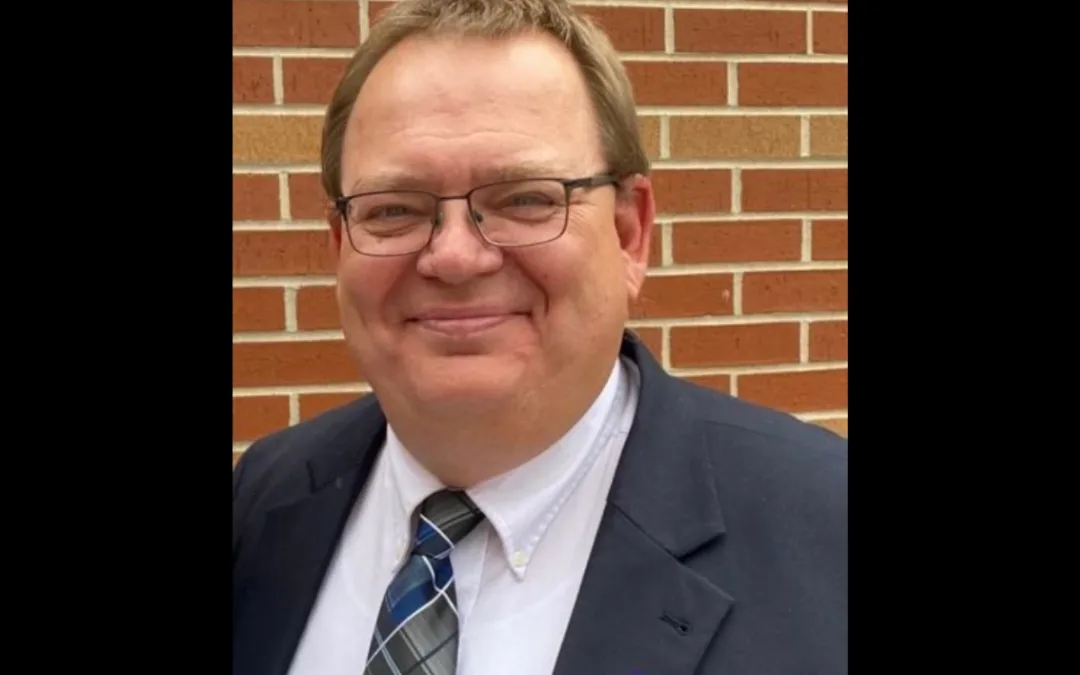
Heroic Perry principal dies from injuries sustained during shooting
By all accounts, Dan Marburger was a hero even before his valiant final act. The Perry High School principal died at 8 a.m. Sunday, 10 days after a...



